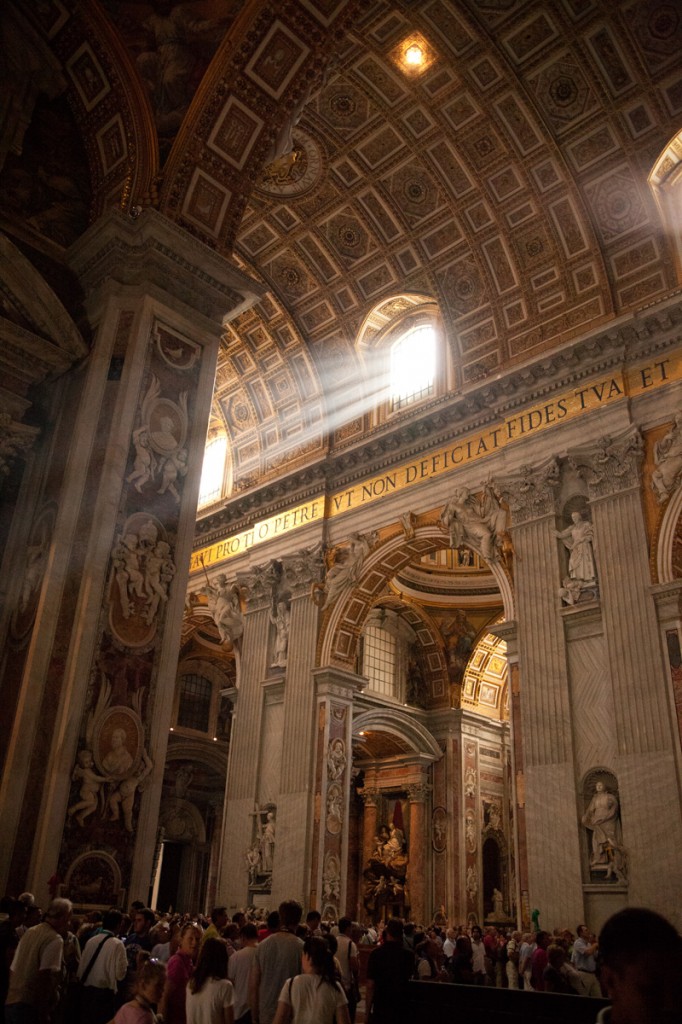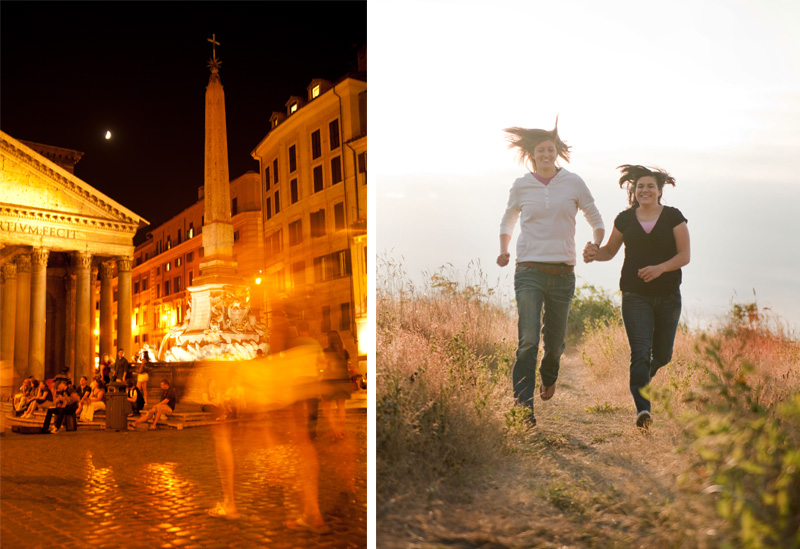Yesterday I talked about the exposure triangle. Understanding the elements that create your exposure is critical to understanding your camera settings, so if you missed that post or still feel confused, go back and read it again or shoot me an email with questions.
Earlier today I posted a poll on Facebook asking “Which camera mode do you use most often?” The result was not surprising. Besides my professional photographer friends, almost everyone is either shooting in auto or one of the other ones that have a little picture (the mountain, the face, the party hat, etc.). The explanation below will probably only be helpful to those of you who are using a DSLR, as I honestly don’t know much about the modes on point and shoot cameras.
For simplicity’s sake, I’m only going to talk about the 5 main camera modes today: Auto, P, TV, AV, and M. Some cameras have another mode or two mixed in and on many you can also create custom settings, but we won’t get into that.
Auto – the auto mode on your camera is just what it sounds like. It adjusts everything for you. It meters your scene and does it’s best to choose the correct exposure at that moment. The biggest problems with auto are that it doesn’t know what you’re shooting, and it doesn’t know what in your image is important to you. It will evaluate the entire scene and make the best selection for the whole thing even if that isn’t necessarily the best exposure for your subject. It might fire the flash, whether you want it or not. I might mis-understand the type of image you’re trying to capture and get completely “confused”. Using auto on a better camera is going to give you better images, yes, but wait until you see what happens when you really take the time to understand your camera.
P – Program – the program mode is similar to auto in that it controls your shutter speed and aperture for you. You have a little more control in that you can tell the camera whether or not to fire the flash, and also choose the ISO. Cameras all seem to have a slightly different P mode, so check your manual to determine exactly what it allows you to do on your camera.
TV – Shutter Priority – Shutter priority mode allows you to choose your shutter speed, but still chooses all of your other elements for you in order to get a correct exposure. If you remember from yesterday, shutter speed determines how much motion is captured in your images. I use TV mode when I want to shoot sports or other fast action. I can set my shutter speed to faster and ensure that I’m going to capture every bit of motion no matter what the lighting is or what the other settings need to be.
AV – Aperture Priority – Aperture priority is similar to shutter priority in that you choose one of the three elements and the rest are chosen for you. This time, as you may have guessed, you get to choose your aperture (which, as you remember, determines your depth of field). I’ll use AV when I know I have a background that isn’t that pretty, and I want to draw attention to the person I’m shooting. I’ll set my aperture very wide and focus on the person which will blur out the background and make the subject really pop. With AV mode you have to be aware that your shutter speed is staying above 1/125 if you want to be sure to freeze motion. The camera will choose the aperture, but in order to keep the aperture you want, has to adjust the rest of the elements accordingly. It doesn’t care if you want to freeze motion or blur it if you’re telling it that the most important element is the aperture.
M – Manual – Manual mode, as you’ve probably guessed, allows you to choose every element yourself. This is hands down the best way to learn and understand exposure, as well as to make sure that you’re getting the most accurate exposure possible. It also allows you to maneuver trickier lighting situations. I very highly recommend learning to shoot in manual first. Just spend some time with your camera at a time that the images don’t matter. Play withe ISO, shutter speed, and aperture until you understand the relationship. Once you get that, using the rest of the modes is SO easy, and you know when you need to switch back to manual and take control.
I know this is a lot of information. I highly recommend the book Understanding Exposure by Brian Peterson if you want to dive in a little bit deeper. If you pick up your camera every day and just try to learn it a little bit better, you’re going to get better. If you get confused, READ YOUR MANUAL. I can’t say it enough. Read your manual, read your manual, read your manual!!! It tells you everything you need to know. Then if you get confused by your manual, and I’m not kidding here, Google it. The internet is full of killer tutorials and you can learn photography on line (Trust me. I know!). I know it can all seem intimidating, but I promise you that by taking one step at a time, realizing you’re not in a rush, and just enjoying the process, you’re gonna kill it.
Happy shooting!
Oh, and just for fun, because a post isn’t a post without an image, here’s a shot I took on our honeymoon in Italy. St. Peter’s Basilica had some amazing light floating around…and I just love amazing light. It just makes me happy.







Aria Clements - I vow to spend at least half the time I’m using my camera in Missouri in manual. 🙂
The AV part made me remember a picture I took on my iPhone. The background had the motion, but my daughter was clear, like the exact opposite of a subject deciding to run off. Do you have any idea how that happened, or how to recreate it with a DSLR?
Hannah - I would think that you were moving with her and the background was moving in a different direction. 🙂 Like if you’re on a merry-go-round and you’re sitting opposite of someone you’ll get them in focus because you will be staying the same distance away from them, but the background will blur with the motion. Does that make sense?
Erin Lindsey - I definitely just pinned this post and the one before it to my bookmark bar. Thank you for the handy guide. I loved my photography classes in college, but right now my DSLR feels like greek.
Hannah - I’m so glad you’re finding them helpful! And thanks for pinning! Let me know if you have any questions 🙂